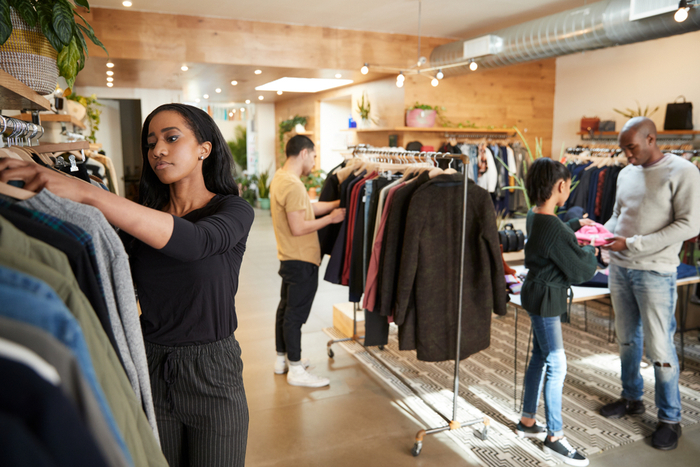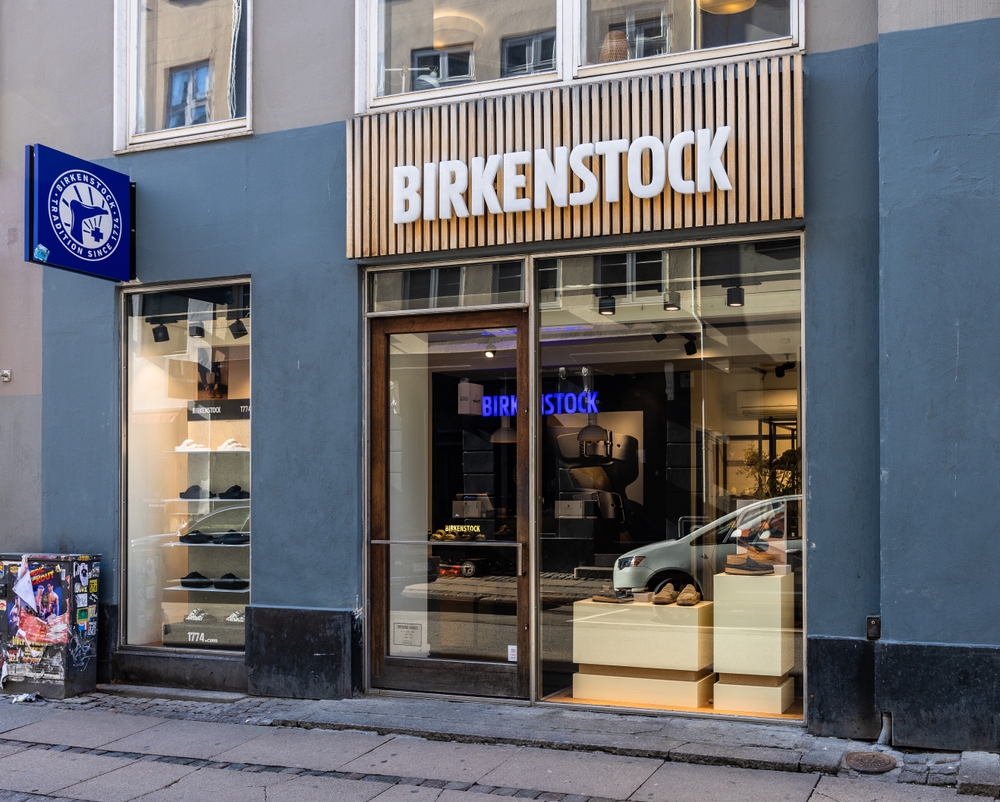The saying ‘A picture paints a thousand words‘ has never been more relevant. Research has found that Instagram gives brands 25 percent more engagement than any other social platform out there, including Facebook and Twitter. The photo-sharing app has experienced 900 per cent year-over-year growth since its launch and has a user demographic composed of roughly 70 per cent women and 30 per cent men. Along with Pinterest, the rise of the visual web has seen brands grow exponentially and their value to retailers follow suit.
So how can retailers and ecommerce brands get in on the action?
Used correctly, visual channels like Instagram and Pinterest can be a highly-targeted advertising channel for a particular brand. Fortunately, there are some key steps to make the most of what is fast becoming one of the primary ways retailers connect with consumers.
Running a campaign or contest
When it comes to user-generated content, retailers can never have too much of a good thing. There‘s no better way to do it than running a campaign or contest.
Big names like Nike or Starbucks make the most of brand recognition, but this is a great way for smaller retailers to incentivise customers. They can share their purchases and what they love most about your brand.
Launching a campaign or contest is pretty simple – organisations choose the right incentive by giving away something people want. The theme gives the campaign a point of focus whilst also displaying the content online. Incentivising accounts with contests is a great way to build engagement, making your Instagram and Pinterest accounts more interesting and valuable to your audience.
User-generated photos on product pages
This is a great way to demonstrate to current or prospective customers that your products are not only popular but purchased regularly. It comes courtesy of a well-known psychological phenomenon known as “social proof,” a psychological trigger that increase sales.
The gist of it is that, being social creatures, we have a tendency to like the same things as people to which we relate. Why not provide images of actual customers using and loving a product rather than glossy models and fancy images?
#BTS – Going behind the scenes
Nothing promotes engagement like giving followers the ability to see what happens behind the scenes and giving them a chance to like and comment. It promotes the feelings of brand loyalty and intimacy that consumers are looking for given the never-ending array of options. Going behind the scenes gives your customers a more personal experience; something that makes it worthwhile to participate in regularly.
Product catalogues in motion
Visual marketing gives you the opportunity to promote wares in creative and real-world ways. Followers enjoy the opportunity to see products in a context they can relate to in their day-to-day lives. Think of all the various ways that consumers can interact, wear, and show off products. These can be highlighted through interesting photos.
Social is online and offline
As part of the recent Google I/O conference, Pinterest has introduced an app update that takes social engagement from the web to bricks-and-mortar stores.
In the update, users will get notifications on Android devices when they near a location that has been previously pinned to their accounts. Users then receive instructions for getting to that location.
The social implication for retailers and ecommerce brands is huge when it comes to visual marketing. This trend is one to keep an eye on, especially with Pinterest‘s move towards always-on engagement with consumers. Visual will be pivotal for retailers going forward, but it won‘t be an issue addressed through weight of content. Merely adopting the likes o








